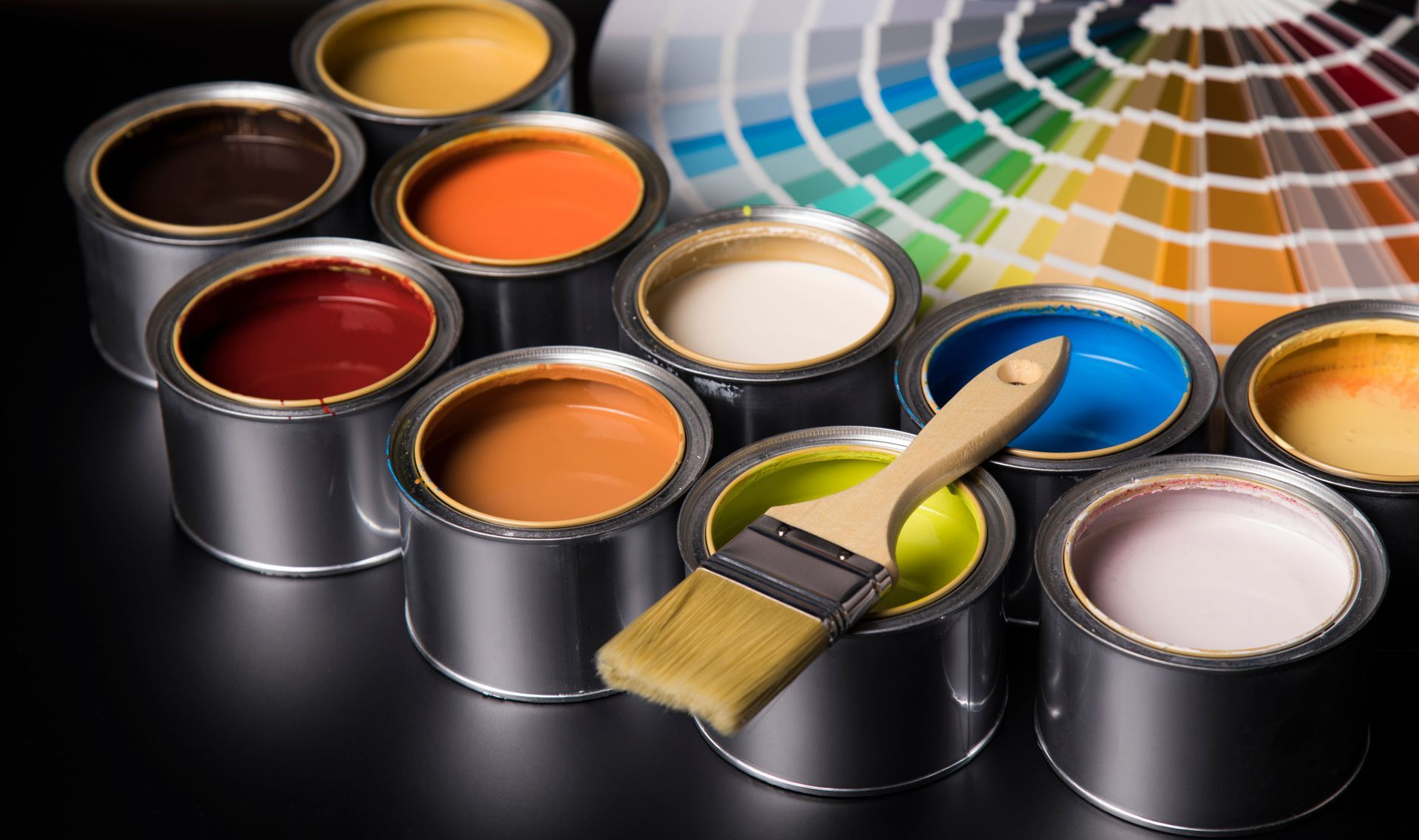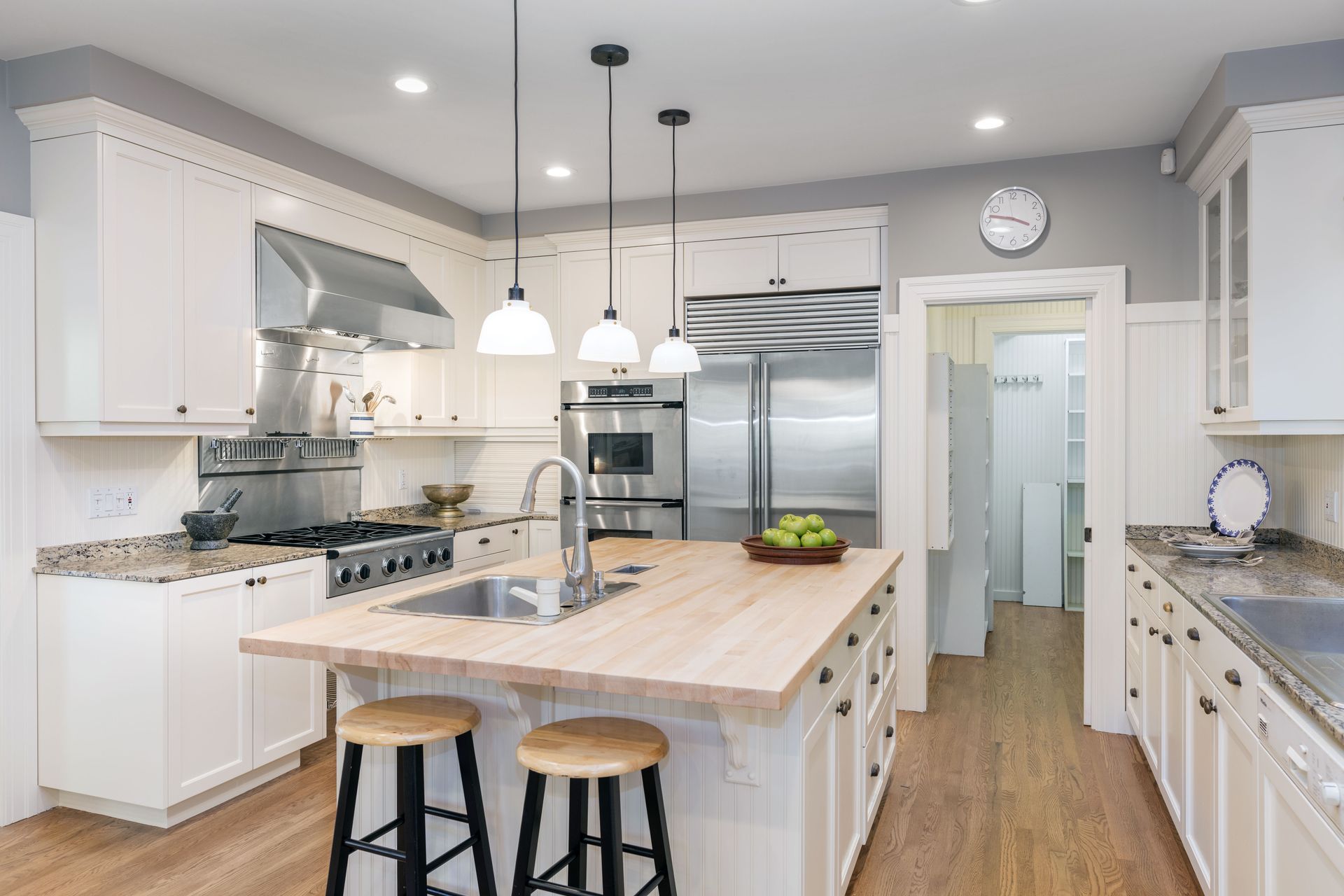The Pros and Cons of Oil-Based Paint for Kitchen Remodels
When tackling a kitchen remodel, one of the most important decisions you'll make is choosing the right type of paint. The kitchen is a high-traffic area, often exposed to heat, moisture, and food splatters, so selecting a paint that offers durability and easy maintenance is crucial. Oil-based paint is one traditional option that many homeowners and designers continue to consider. Many kitchen remodelers recommend weighing the benefits carefully before making a final choice. In this post, we'll explore the pros and cons of using oil-based paint in your kitchen remodel to help you make an informed decision.
Benefits of Oil-Based Paint for Kitchen Surfaces
Oil-based paint is known for its durability and rich finish. One of its most celebrated benefits is the smooth, glass-like surface it can create, which is highly resistant to stains and scratches. This quality makes it particularly attractive for kitchen cabinets and trim, as surfaces in these areas are prone to scuffs and spills. Furthermore, oil-based paint tends to hold up well over time, reducing the frequency of touch-ups and repaints in these busy areas. Experienced kitchen remodelers often choose oil-based paint for these reasons, especially when a high-end finish is desired.
Challenges of Applying Oil-Based Paint
On the downside, oil-based paint does come with its challenges, particularly in terms of application and drying time. According to The Spruce, while oil-based paint goes on smoothly, it takes a long time to dry between coats, up to 16 hours. This extended drying period can be inconvenient if you're working on a tight schedule, making it less ideal for quick kitchen makeovers. Additionally, the strong fumes emitted during application require good ventilation, which may not be feasible in every kitchen space.
Environmental and Cleanup Considerations for Oil-Based Paint
Another consideration is the environmental impact and cleanup associated with oil-based paints. They require the use of solvents like mineral spirits for cleaning brushes and spills, which can be harsh and produce additional fumes. Growing environmental awareness has also led to increased regulation of these paints due to their volatile organic compounds (VOCs), prompting many to opt for water-based alternatives as a more eco-friendly choice. It's important to weigh these factors against the benefits when planning your remodel.
While oil-based paint offers a hard-wearing and aesthetically pleasing finish, it does have drawbacks related to drying time and environmental impact. Noting these pros and cons can help you decide whether it fits your kitchen's requirements and renovation timeline. Whether you choose oil-based or another type of paint, the key is to balance performance, aesthetics, and sustainability for the best results. If you're ready to upgrade your kitchen, contact MVP Home Improvements, the kitchen remodelers you can rely on.




Share On: